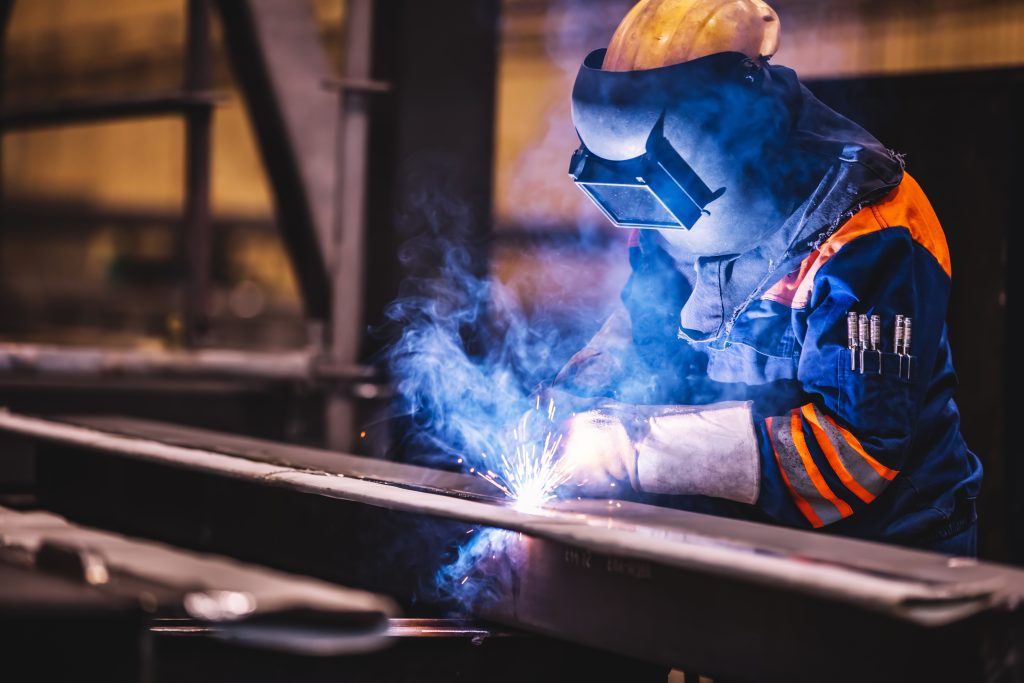
The production process of wheelchairs involves several stages, from design and material selection to manufacturing and quality control. The goal is to create a product that is not only functional and durable but also comfortable and tailored to the needs of individuals with mobility challenges. Here is an overview of the typical wheelchair production process:
1.Design and Conceptualization:
- Engineers and designers collaborate to create a wheelchair design that considers ergonomics, user comfort, and functionality.
- The design may include features such as adjustable seat height, removable armrests, foldable frames, and customizable components.
- Material Selection:
- High-quality materials are chosen for durability, strength, and weight considerations. Common materials include lightweight metals like aluminum, steel, or titanium, as well as various types of plastic for certain components.
- Frame Manufacturing:
- The frame is a critical component of a wheelchair, providing support and structure. Frames are typically made through processes like welding or bending metal tubes.
- Modern wheelchairs often feature foldable frames, making them more portable and convenient for users.
- Seating and Upholstery:
- The seat and backrest are designed for comfort and support. They may be made of materials like nylon, vinyl, or other fabrics that are durable and easy to clean.
- Padding and cushions are often added for additional comfort and pressure relief.
- Wheel and Tire Assembly:
- Wheelchair wheels are usually made from a combination of metal and rubber. The type of tire (solid or pneumatic) depends on the user’s preferences and needs.
- Some wheelchairs may have specialized wheels for different terrains, such as all-terrain wheels for outdoor use.
- Assembly of Components:
- Various components like footrests, armrests, and brakes are assembled onto the frame. These components are often adjustable to accommodate different user preferences and needs.
- Quality Control and Testing:
- Each wheelchair undergoes rigorous quality control checks to ensure that it meets safety and performance standards.
- Functional tests may include checking the folding mechanism, testing the brakes, and ensuring that all adjustments work smoothly.
- Finishing Touches:
- The wheelchair may undergo finishing touches, such as painting or coating for aesthetic purposes and to protect against corrosion.
- Customization options, such as color choices or additional accessories, may be added based on user preferences.
- Packaging and Shipping:
- Once the wheelchair passes all quality control checks, it is packaged securely for shipping to distributors, retailers, or directly to customers.
- Post-Sales Support:
- Wheelchair manufacturers often provide customer support and maintenance services to address any issues that may arise after the purchase.
Throughout the production process, considerations for user comfort, mobility requirements, and individual preferences are paramount, reflecting the commitment to improving the quality of life for individuals with mobility challenges.



